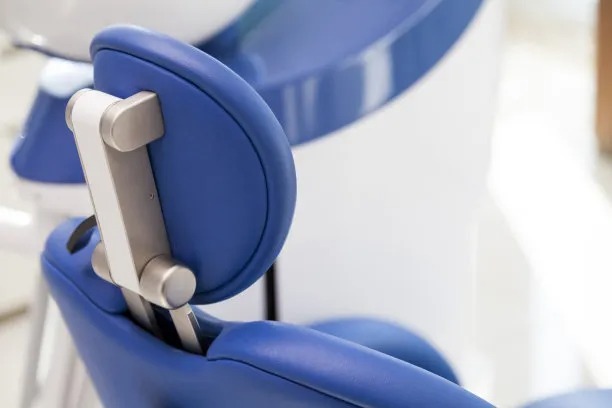The Essential Guide to Extract a Tooth Safely and Comfortably for Optimal Oral Health
Summary: Extracting a tooth safely and comfortably is essential for maintaining optimal oral health. This comprehensive guide covers the essential steps involved in the extraction process, including the reasons for extraction, the preparation needed beforehand, the extraction procedure itself, and the post-extraction care. By adhering to best practices, dental professionals can minimize discomfort and promote healing, ensuring that patients have a positive experience throughout their dental care journey. Understanding these key aspects not only enhances patient comfort but also significantly contributes to their overall oral health.
1. Reasons for Tooth Extraction and Importance

Tooth extraction is often necessary due to various dental health issues. Common reasons include severe decay, periodontal disease, overcrowding of teeth, and problematic wisdom teeth. Each of these issues can lead to pain and further dental complications if not addressed. By understanding the underlying causes, patients gain a clearer perspective on why extraction is sometimes the most viable solution.
Another key reason may involve orthodontic treatment. In some cases, teeth need to be removed to create adequate space and alignment for remaining teeth. This is particularly crucial for achieving the desired outcomes in complex orthodontic setups. Hence, the foresight of dentists can prevent prolonged discomfort during future dental care.
Lastly, extensive damage from trauma or cracked teeth also necessitates extraction. In these cases, preserving the surrounding teeth becomes paramount, as damaged teeth can impact overall jaw health and functionality. Addressing such issues through extraction allows for better oral health management in the long run.
2. Preparation Steps for Safe Extraction
Preparation for dental extraction is a multi-faceted process which begins with a comprehensive dental examination. Dentists will review the patients medical history and conduct X-rays to understand the tooths position and condition. These assessments help devise an effective extraction plan tailored to individual needs.
Patients should also engage in open discussions with their dental professionals about any concerns they may have. Understanding the procedure can reduce anxiety and foster trust, contributing to a more comfortable experience. Additionally, dentists might advise patients to adjust their medications or fasting requirements before the procedure to ensure safety.
Lastly, arranging for post-extraction transportation is crucial, especially if sedation is used. Having a trusted friend or family member to accompany the patient home may significantly ease stress and facilitate a smoother recovery period. Proper planning can turn an anxious situation into a more manageable one.
3. The Extraction Procedure: What to Expect
The extraction procedure itself can vary in complexity depending on the tooths condition and root structure. After ensuring the patients comfort with anesthesia, the dentist will begin the extraction by loosening the tooth from its socket. Special instruments are used to achieve this effectively, minimizing discomfort during the process.
During simpler extractions, the process may only take a few minutes. However, more complicated extractions, such as impacted wisdom teeth, might require more time and effort. Dentists will take care to monitor patients throughout the procedure, adjusting techniques as necessary to guarantee comfort.
Once the tooth has been extracted, the dentist will provide instructions regarding bite pressure on gauze, ensuring proper clotting. This stage is crucial as it can significantly affect post-operative healing and recovery outcomes. Patients are encouraged to rest properly and adhere to the given guidelines to ensure the best healing experience.
4. Post-Extraction Care for Optimal Recovery
Post-extraction care is equally significant as the procedure itself. After tooth removal, patients will experience some level of discomfort or swelling, which is a normal part of the healing process. Dentists usually recommend ice packs to minimize swelling and over-the-counter pain medications to alleviate discomfort.
Following a soft food diet for at least a few days is essential to avoid irritating the extraction site. Foods like yogurt, mashed potatoes, and smoothies can provide nutrition without causing discomfort. Additionally, patients should avoid using straws, smoking, or vigorous rinsing, as these actions can disrupt the healing process.
Regular follow-ups with dental professionals post-extraction will help monitor the healing process. Patients should feel empowered to reach out if they experience unusual pain or swelling, as timely intervention can help avoid any complications. Good oral hygiene practices should be maintained while gently avoiding the extraction site to promote effective healing.
In summary, understanding the essential aspects of tooth extraction empowers both patients and dentists to facilitate a smoother experience. From recognizing the reasons for extraction to preparing adequately, navigating the extraction procedure, and ensuring proper post-care, adhering to these guidelines ensures optimal oral health outcomes. Education and communication are key components in making this potentially daunting process more comfortable and efficient.
This article is compiled by Vickong Dental and the content is for reference only.



